If you’re like most people, you probably don’t give much thought to how often you water your indoor plants. But did you know that overwatering is one of the leading causes of houseplant death?
“The frequency of watering indoor plants depends on the type of plant, the size of the pot, the type of potting mix, the temperature, the humidity, and the amount of light the plant is receiving.” – The Spruce
Most plants need to be watered once a week, so if you’re watering your plants more often than that, you may be doing more harm than good.
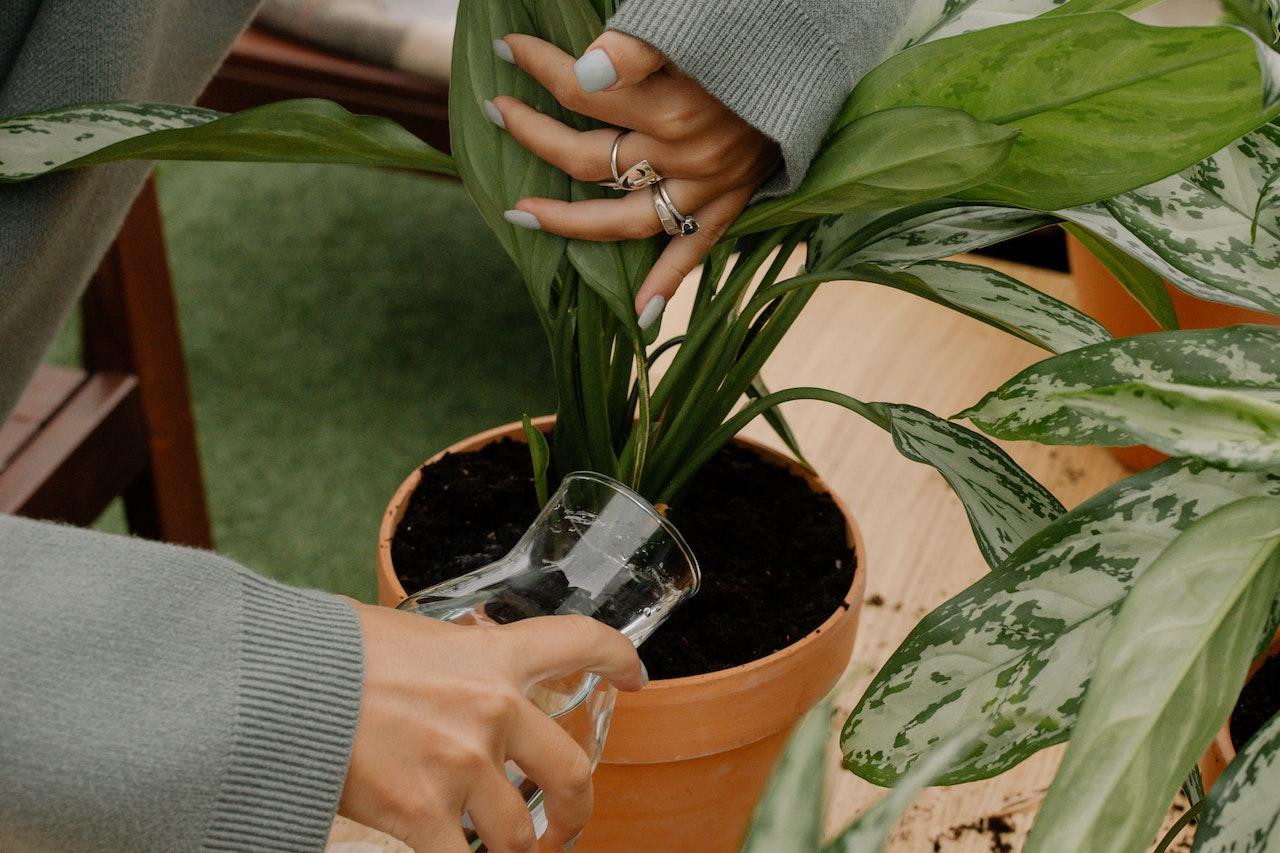
Credit: Pexels
In this blog post, we’ll tell you everything you need to know about watering your indoor plants, including how often you should do it and what signs to look for if your plant is thirsty.
How Often Should You Water Your Indoor Plants?
The answer to this question depends on a few different factors, such as the type of plant, the size of the plant, the potting mix, the temperature, and the amount of light the plant is getting.
In general, most indoor plants should be watered about once a week. However, some plants may need to be watered more or less often than this.
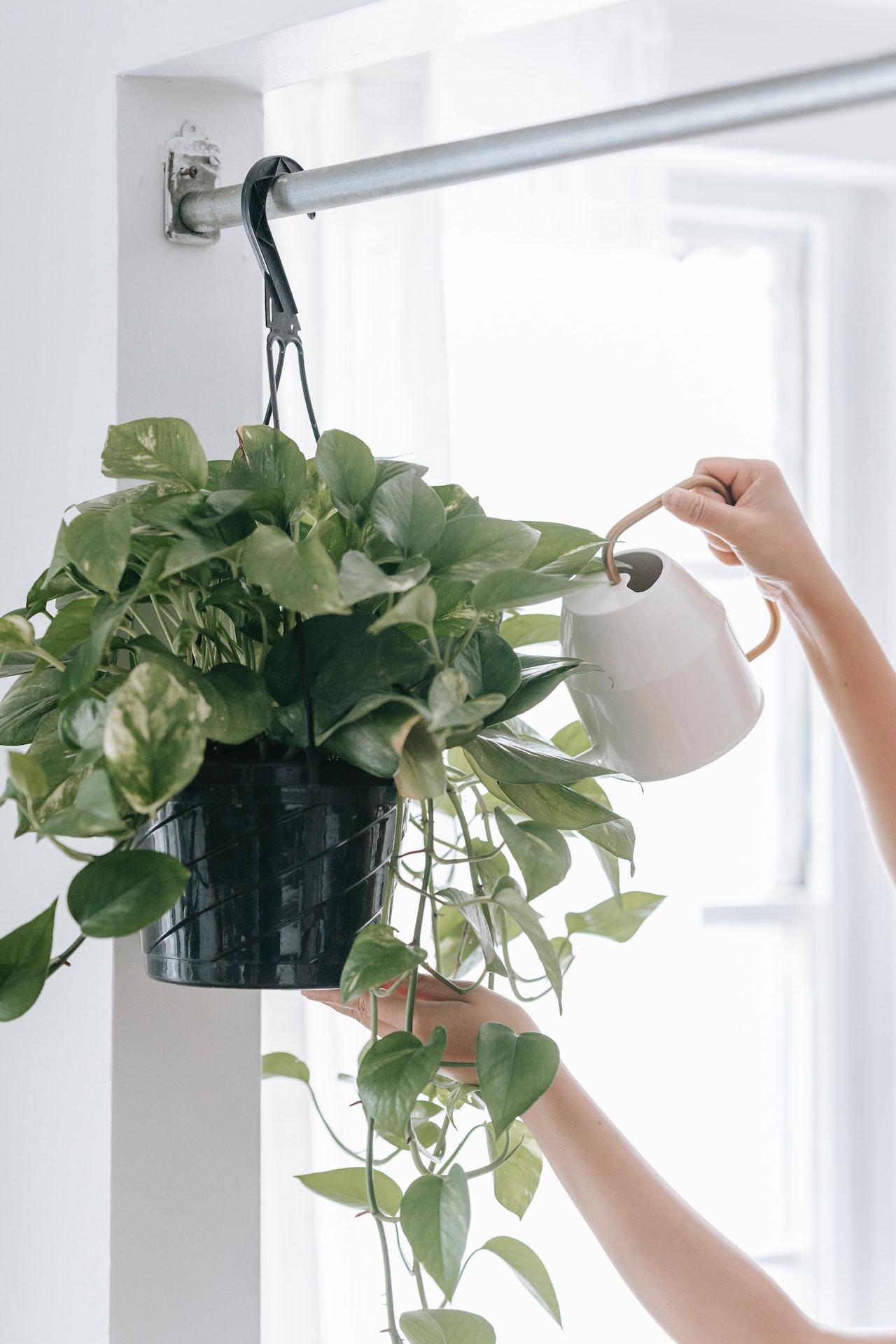
Credit: Pexels
Here are a few things to keep in mind when watering your indoor plants:
- Water your plants in the morning or evening, when the temperatures are cooler.
- Check the potting mix before watering. If it is still moist, wait a few days before watering again.
- Avoid getting water on the leaves of the plant, as this can cause leaf spots or other problems.
- Be sure to empty any saucers or trays that are under the pots, as standing water can cause root rot.
The Best Methods For Watering Your Indoor Plants
There are a few things to keep in mind when watering your indoor plants:
1. Type Of Pot
The type of plant you have will dictate how often you need to water it. Some plants need to be watered more frequently than others.
2. Size Of Plant
The size of your plant also plays a role in defining how often you need to water it. A larger indoor plant will need more water than a smaller one.
3. Pot With A Drainage Hole
The pot of your plant will also affect how often you need to water it. A pot with drainage holes will need to be watered more often than one without.
4. How Often You Need To Water
The time of year also plays an important role in how often you need to water your plants. During the summer, when it is hotter and dryer, your plants will need to be watered more often than during the winter.
Here are some general guidelines for watering your indoor plants:
- Water your plants once a week.
- Check the soil before watering.
- Water the plant until the water runs out of the drainage holes.
- Do not let the plant sit in water.
- Fertilize your plants every two weeks.
Following these guidelines will help you keep your indoor plants healthy and happy.
The Best Time To Water Indoor Plants
Indoor plants are a great way to add some life to your home, but they can be a bit tricky to care for. One of the most important things to keep in mind when caring for indoor plants is when to water them.
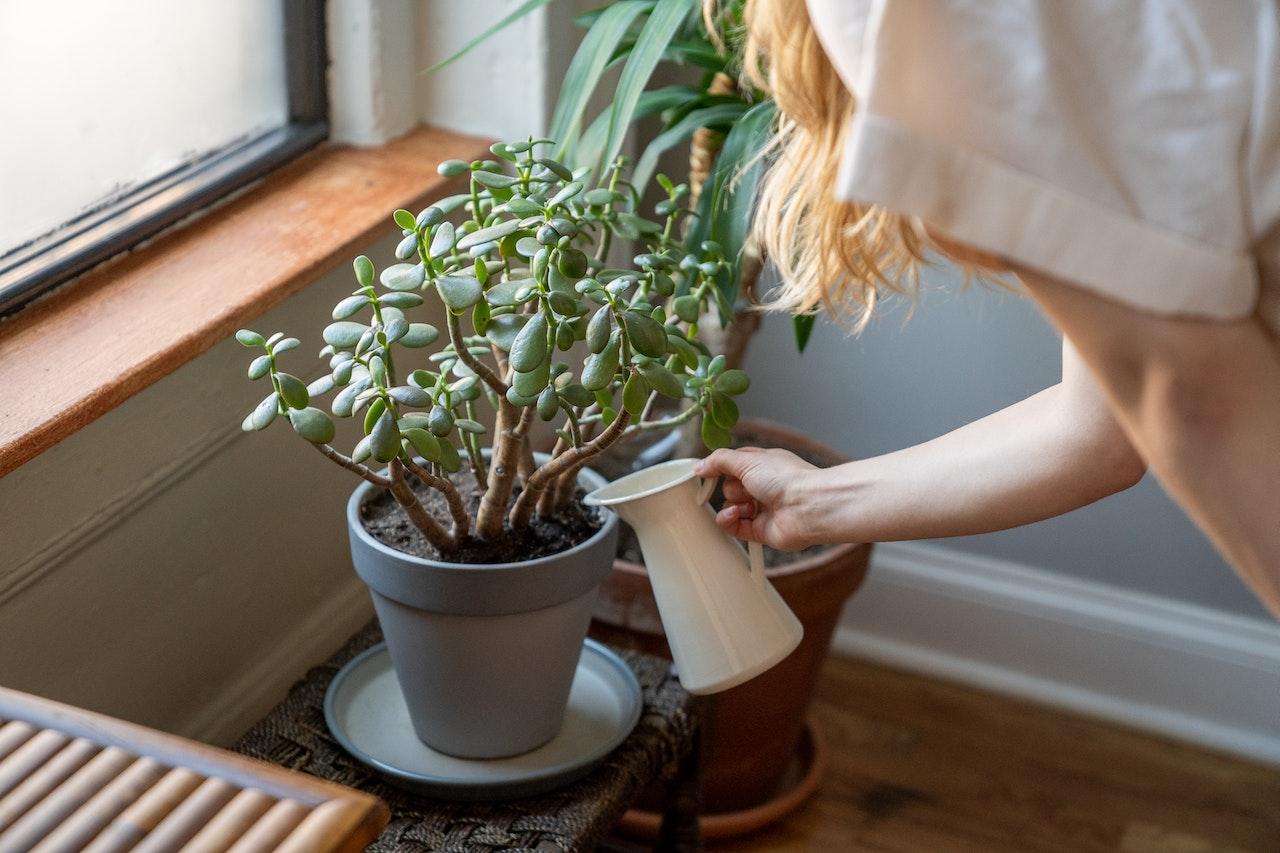
Credit: Pexels
Watering your plants too often can lead to root rot, while not watering them enough can cause them to wilt and eventually die. So, how do you know when is the best time to water your indoor plants?
Here are a few tips:
- Check the soil before watering. If the top inch or so of soil is dry, it’s time to water.
- Water in the morning so that the leaves have time to dry off before nightfall.
- If you have a lot of plants, group them and water them all at the same time. This will help to conserve water.
By following these simple tips, you can ensure that your indoor plants stay healthy and thrive.
The Best Time Of Day To Water Your Indoor Plants
The best time of day to water your indoor plants is in the morning. This is because the plants can absorb the water more efficiently and the leaves are less likely to be burned.
5 Benefits Of Watering Your Indoor Plants
Watering your indoor plants has a lot of benefits. It helps them grow healthy and strong. Here are just a few of the benefits of watering your plants regularly:
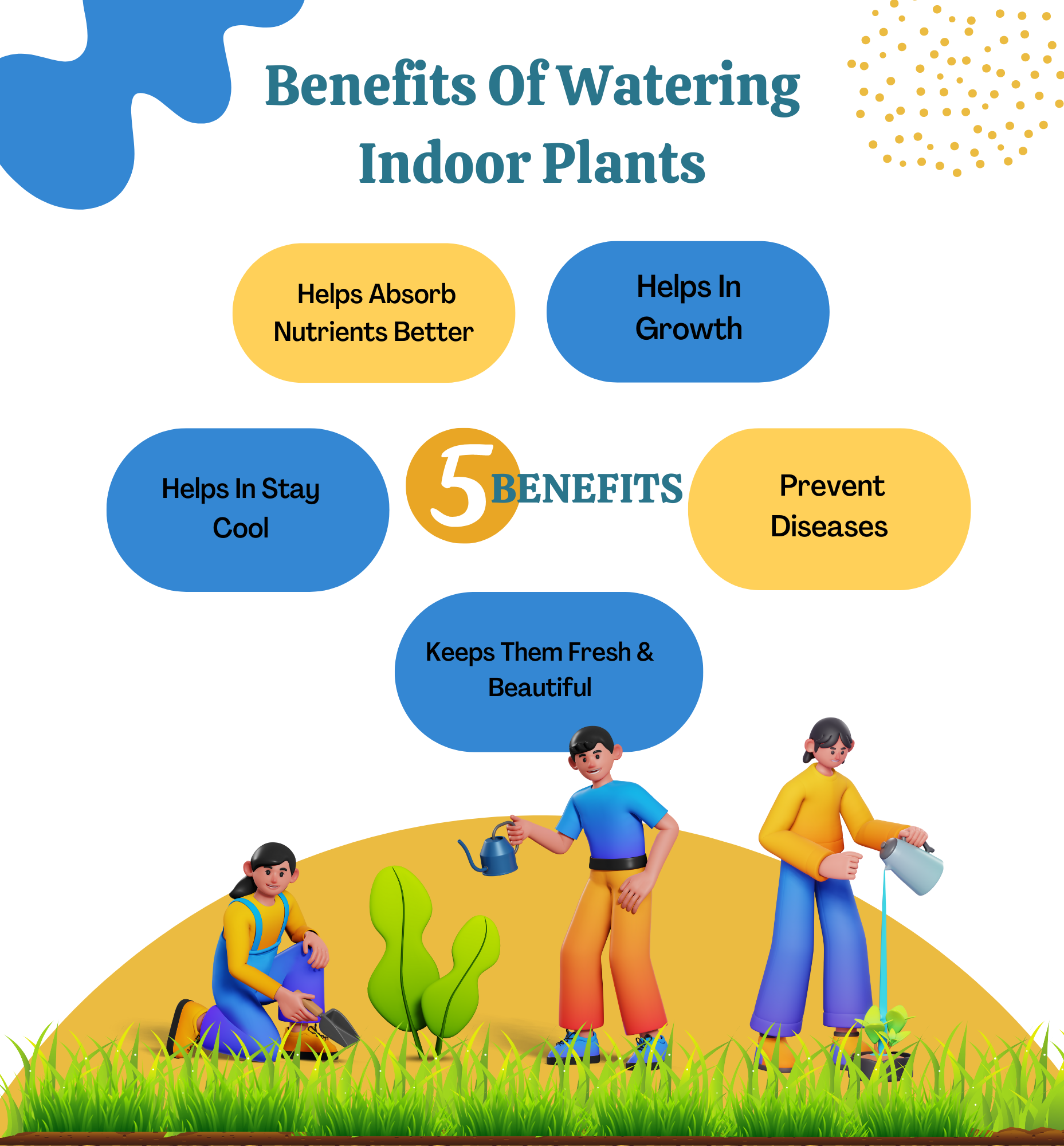
1. Helps Absorb Nutrients Better
One of the main benefits of watering your plants is that it helps them absorb nutrients from the soil. Plants need water to absorb nutrients like nitrogen, phosphorus, and potassium, which are essential for their growth.
When you water your plants, the water carries these nutrients to the roots, where they are absorbed into the plant.
2. Helps In Plants Grow
Water is essential for plant growth. Plants use water to produce food through photosynthesis. Water also helps plants grow and develop new leaves, stems, and flowers. Without enough water, plants will stop growing and may even die.
3. Helps In Stay Cool
Another benefit of watering your plants is that it helps them stay cool. Plants release water vapor into the air through their leaves, and this process helps to cool down the plant. When it’s hot outside, watering your plants will help them stay cool and comfortable.
4. Prevent Diseases
Watering your plants also helps to prevent diseases. When plants don’t have enough water, they are more likely to develop diseases. Watering helps to keep the leaves of plants clean and free of diseases.
5. Keeps Plants Fresh
Last but not least, watering your plants helps them to look their best. Well-watered plants are typically more vibrant and green than those that are not. Watering also helps to keep the flowers of plants looking fresh and beautiful.
So, as you can see, there are many benefits to watering your indoor plants. Be sure to water your plants regularly to help them grow healthy and strong.
How To Tell When Your Indoor Plants Need Watering
1. Check the soil.
The best way to tell if your plant needs watering is to check the soil. Stick your finger in the soil up to the first knuckle. If the soil is dry, it’s time to water the plant. If the soil is damp, the plant doesn’t need watering.
2. Check The Leaves
Another way to tell if a plant needs watering is to check the leaves. If the leaves are wilting or drooping, that’s a sign the plant needs water.
3. Check The Weight
Pick up the pot to check the weight. A plant that needs watering will be lighter than a plant that doesn’t.
4. Check The Color
If the leaves are yellowing, that’s another sign the plant needs water.
5. Check For Bugs
If you see bugs on the plant, that means the plant is stressed and needs water.
The Signs Of Overwatering In Your Indoor Plants
Water is essential for the health of all plants, but too much water can be just as harmful as too little. Overwatering can cause several problems for your plants, including root rot, leaf drop, and stunted growth.
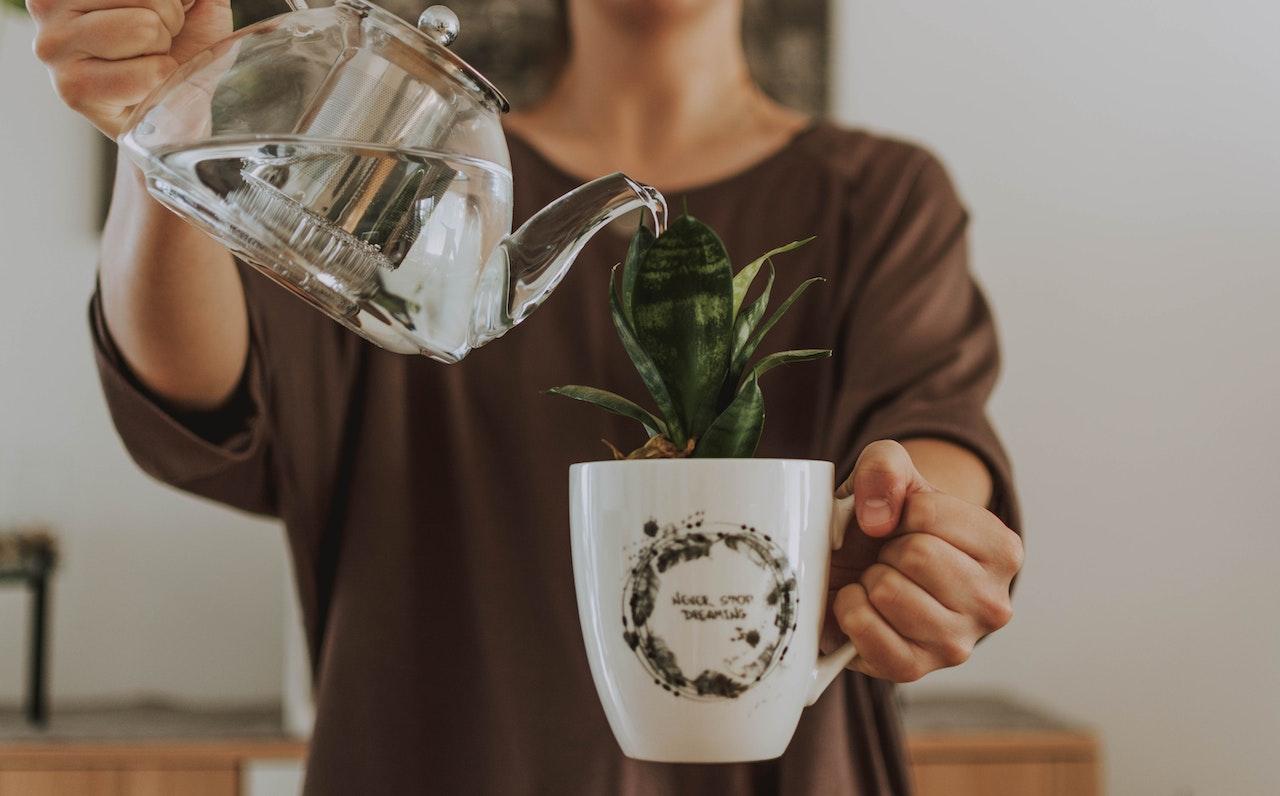
Credit: Pexels
- When you overwater your plants, the roots are unable to get the oxygen they need from the soil. It can lead to root rot, which can kill your plant.
- Overwatering can also cause leaves to drop off and the plant to become stunted.
To avoid these problems, water your plants only when the soil is dry to the touch. Check the soil before watering, and never allow your plants to sit in water. If you think you may have overwatered your plant, try to correct the problem by allowing the soil to dry out completely before watering again.
The Signs Of Under Watering In Your Indoor Plants
If you underwater your indoor plants, the effects can be pretty serious.
- The leaves will start to droop and turn yellow, and the plant may begin to wilt.
- The roots will start to rot, and the plant will eventually die.
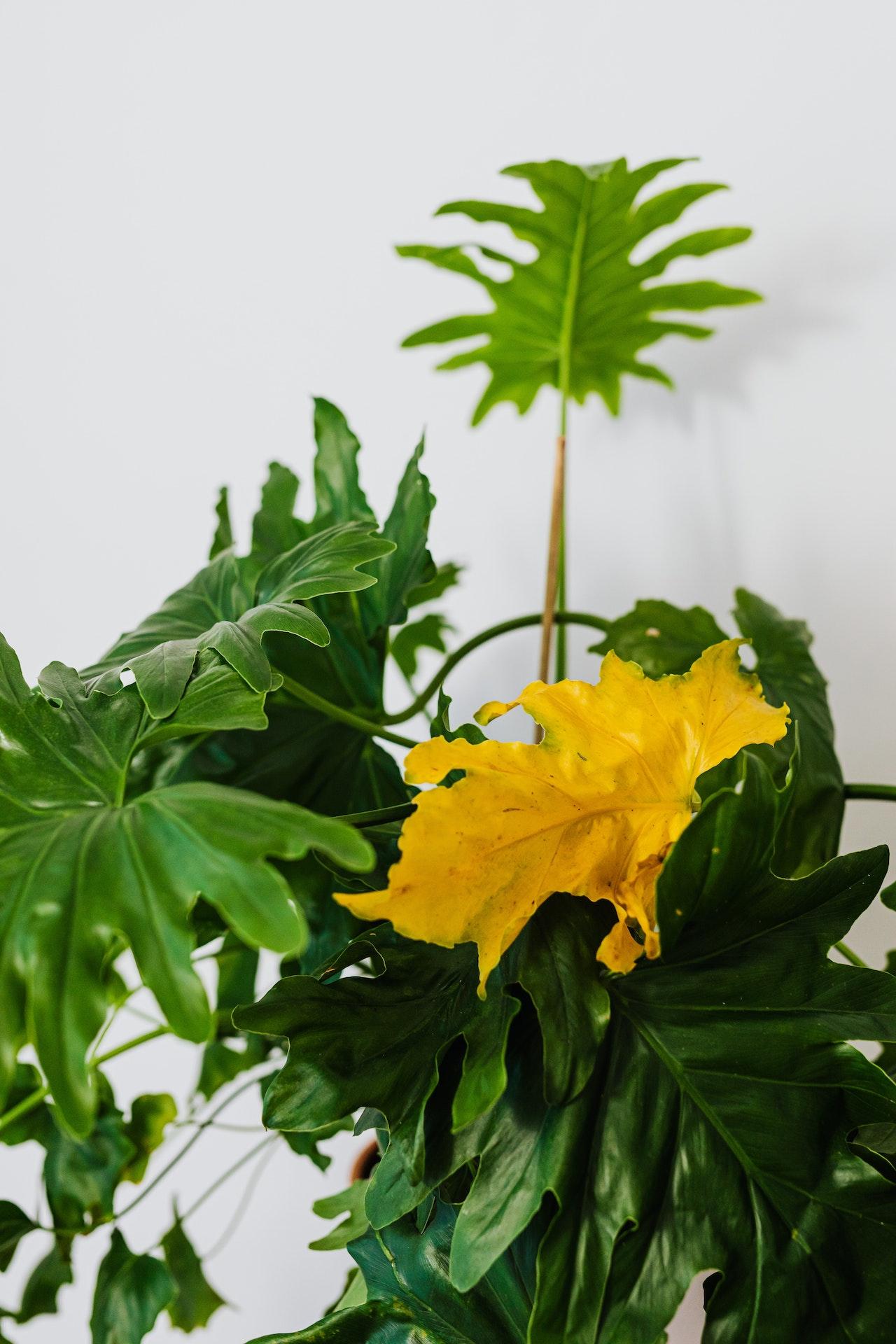
Credit: Pexels
So it’s important to make sure you water your indoor plants regularly and not let them dry out. If you’re unsure how often to water them, check the instructions that came with the plant, or ask a nursery or gardening expert.
Tips For Keeping Your Indoor Plants Healthy And Hydrated
It is important to water your indoor plants regularly to keep them healthy and hydrated.
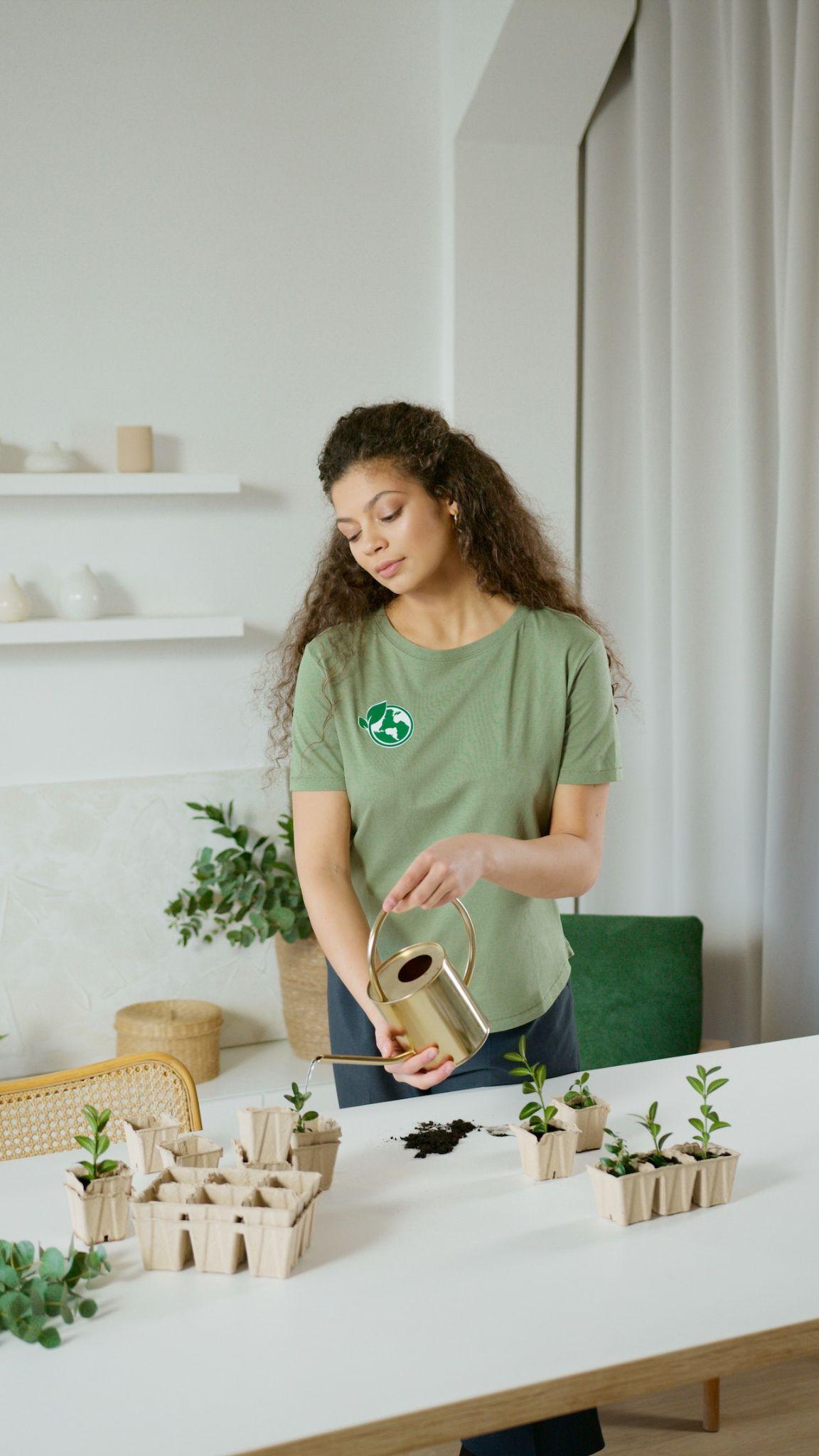
Credit: Pexels
Here are some tips to help you water your plants properly:
- Water your plants in the morning or evening, when the temperatures are cooler and the sun is not as strong.
- Check the soil before watering to see if it is dry or moist. If the soil is dry, water the plant until the soil is moistened.
- Avoid getting water on the leaves of the plant, as this can cause the leaves to rot.
- Be sure to empty any water that collects in the saucer or pot after watering.
- Fertilize your plants every few weeks to give them extra nutrients.
Following these tips, you can help your indoor plants stay healthy and hydrated.
Expert Ideas
- Water indoor plants when the soil is dry to the touch.
- Fertilize indoor plants every few weeks to help them grow.
- Prune indoor plants as needed to keep them healthy and looking their best.
Bonus Tip
The best time to water indoor plants is in the morning or evening when the sun is not as strong.
Conclusion
To sum up, how often you water your indoor plants depends on several factors, including the type of plant, the size of the pot, the climate, and the time of year. In general, most indoor plants need to be watered about once a week. However, some plants may need to be watered more or less often, so it’s important to pay attention to your plants and water them as needed.
Michelle Wilde
Related posts
2 Comments
Leave a Reply Cancel reply
![]()
About Michelle Wilde
Michelle Wilde is a stay-at-home mom and avid plant lover. Armed with a post-graduate degree in Computer Science (no kidding!), she loves researching plants and landscapes. When she is not caring for her 4 kids, she spends time on her passion for plants. She blogs at www.indoorplantschannel.com, the trusted source for indoor plants.
Learn more
Subscribe
* You will receive the latest posts and updates about indoor plants!
Search
Recent Posts
Categories
- Beginner Guides (10)
- FAQ (206)
- General (2)
- How-To Guides (212)
- Indoor Plants (214)
- Pest Management (2)
- Plant Problem Solutions (4)
- Seasonal Growing (2)
- Specialized Environments (2)
- Specific Plant Care (3)
- Technical Growing (2)
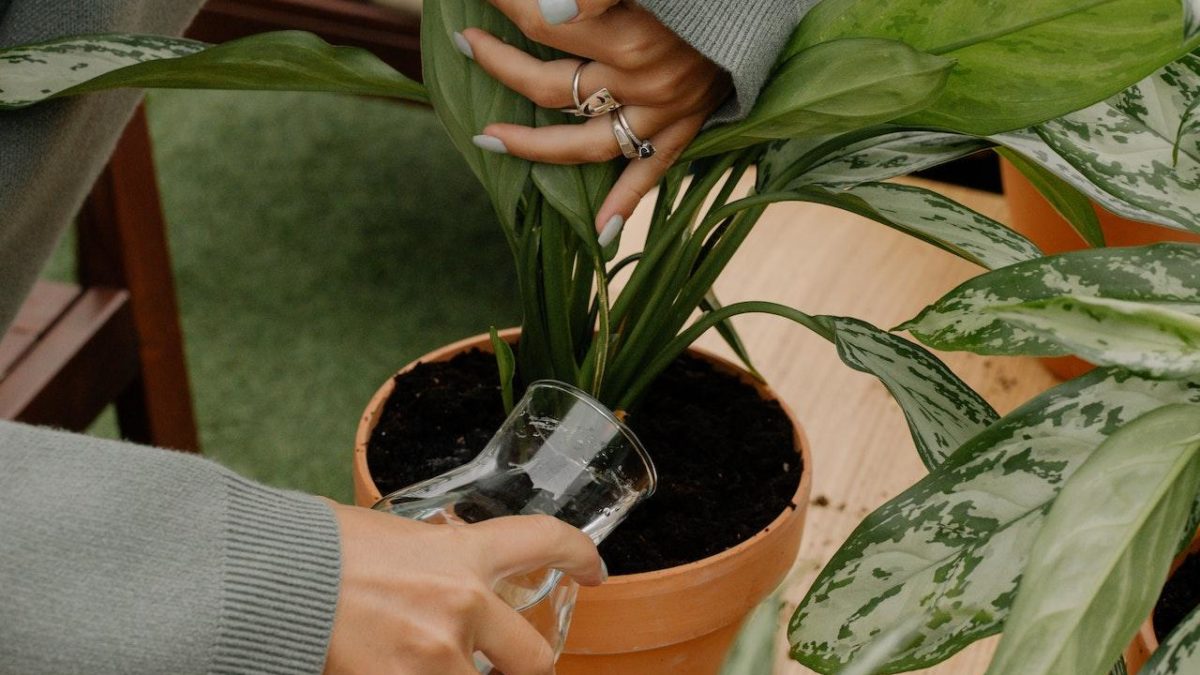
[…] depends on the plant. Some plants like to be watered more often than others. Check the soil before watering to see if it is dry. If it is, water the […]
[…] you water your plants, make sure to give them a deep drink, which means watering slowly and letting the water seep down […]